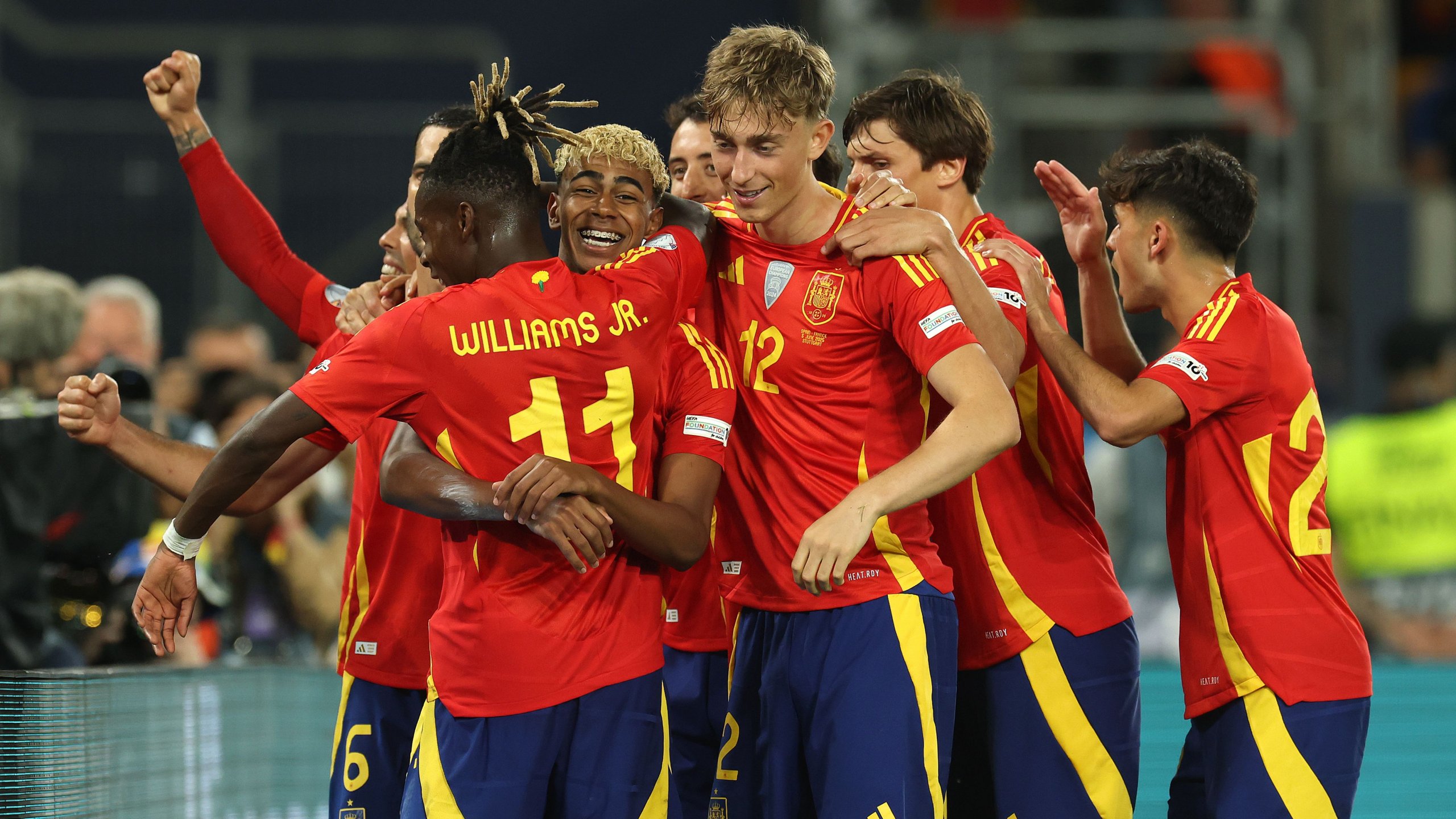Spain squad primed for World Cup 2026 challenge
Spain squad insiders believe the current blend of youthful flair and seasoned leadership could finally end a decade-long wait for global glory when the 2026 FIFA World Cup kicks off across the USA, Mexico and Canada. After reclaiming the European crown in Germany, Luis de la Fuente’s revitalised side travel across the Atlantic with momentum, confidence and a deep pool of talent eager to erase the painful exits of 2014, 2018 and 2022.
Spain squad blueprint for World Cup 2026
De la Fuente’s preliminary list reads like a who’s who of emerging superstars. Thanks to the Spanish federation’s investment in youth development, every position boasts at least two elite-level options. The manager’s challenge is less about finding starters and more about maintaining harmony among players accustomed to club stardom.
Safe hands between the posts
Unai Simón remains the first name on the team sheet, but David Raya’s shot-stopping heroics for Arsenal and the rapid rise of 18-year-old marvel Alejandro Iturbe mean competition is fierce. The Spain squad also monitors veteran keeper David de Gea, now revitalised in La Liga, as an experienced third option.
Defence built on balance
Aymeric Laporte and young prodigy Pau Cubarsí headline a back line that swaps Tiki-taka risk for measured build-up. Dani Carvajal’s leadership at right-back is complemented by Pedro Porro’s attacking thrust, while on the left Alejandro Balde and the ever-reliable José Gaya offer contrasting styles. Keeping this group injury-free will be vital after past tournaments were derailed by defensive absences.
Midfield maestros still reign
Pedri and Gavi remain the creative heartbeat, but Mikel Merino’s late-career surge and Martín Zubimendi’s defensive composure give the Spain squad enviable depth. Add rising star Fermín López and the metronomic passing of Rodri, and La Roja can once again dominate possession against any opponent.
Attack packed with variety
Nico Williams’ electrifying pace and Lamine Yamal’s fearless dribbling bring a fresh dimension out wide, while Ferran Torres provides work-rate and finishing. Álvaro Morata is still the reference point up front, yet Dani Olmo’s false-nine versatility and the poaching instincts of Abel Ruiz ensure tactical flexibility. Critics question the absence of an out-and-out world-class striker, but collective movement has often delivered goals for this footballing nation.
Why the Spain squad can thrive in North America
Travel logistics matter in a tri-nation tournament. Spain’s federation has secured a base camp in Dallas, minimising flight times to likely group venues. Conditioning coach José Mascaró emphasises heat acclimatisation sessions, crucial for midday kick-offs in Mexico. The squad’s average age of 25.7 promises youthful energy without sacrificing know-how.
De la Fuente’s tactical evolution
While possession remains non-negotiable, Spain now press higher and break lines quicker. Full-backs overlap in synchronised patterns, allowing wide forwards to move inside. Rodri often drops between centre-backs, creating a 3-2-5 in attack. This shape yielded 18 goals and just three conceded during qualifying, signalling a sustainable model for tournament play.
Competition for places keeps standards sky-high
Latest call-ups such as Fabián Ruiz, Bryan Zaragoza and Alex Baena know that one poor training session could cost them a seat on the plane. De la Fuente publicly rewards domestic form, encouraging fringe players to shine weekly in La Liga and European competitions. Internal sources claim analytics staff track over 60 metrics per player, from progressive passes to high-intensity sprints.
Projected 23-man roster
Goalkeepers: Unai Simón, David Raya, Alejandro Iturbe
Defenders: Dani Carvajal, Pedro Porro, Aymeric Laporte, Pau Cubarsí, Robin Le Normand, Alejandro Balde, José Gaya
Midfielders: Rodri, Pedri, Gavi, Mikel Merino, Martín Zubimendi, Fermín López
Forwards: Nico Williams, Lamine Yamal, Ferran Torres, Dani Olmo, Álvaro Morata, Abel Ruiz, Bryan Zaragoza
Historic context fuels ambition
The golden era of 2008-2012 still casts a long shadow. Yet veterans insist comparisons are unfair: “This Spain squad is writing its own story,” captain Morata told local media. Indeed, the current generation has already matched its predecessors by reclaiming the European title; matching the World Cup triumph of 2010 is the next frontier.
Potential hurdles on the road to glory
Injury risk lingers over key creators Pedri and Gavi, both of whom missed significant club minutes last season. Finishing efficiency remains inconsistent—Spain required 22 shots to beat Sweden 1-0 in qualifying. Additionally, group-stage opponents could include a revitalised USA or an athletic Nigeria, sides that relish transition play, historically Spain’s kryptonite.
Bottom line: realistic hopes, undeniable talent
Bookmakers rank La Roja among the top three favourites, and analytics models give a 17 % probability of lifting the trophy. Whether that projection translates into confetti in New York depends on maintaining defensive solidity and converting chances when games tighten in knockout rounds.
Opinion: Spain’s golden generation reboot feels almost complete. If Luis de la Fuente can keep his midfield maestros fit and coax a ruthless streak from his forwards, the 2026 tournament could witness a red resurgence that silences a decade of doubters.
Your global gateway to nonstop football coverage:
Goal Sports News
Share this content:
